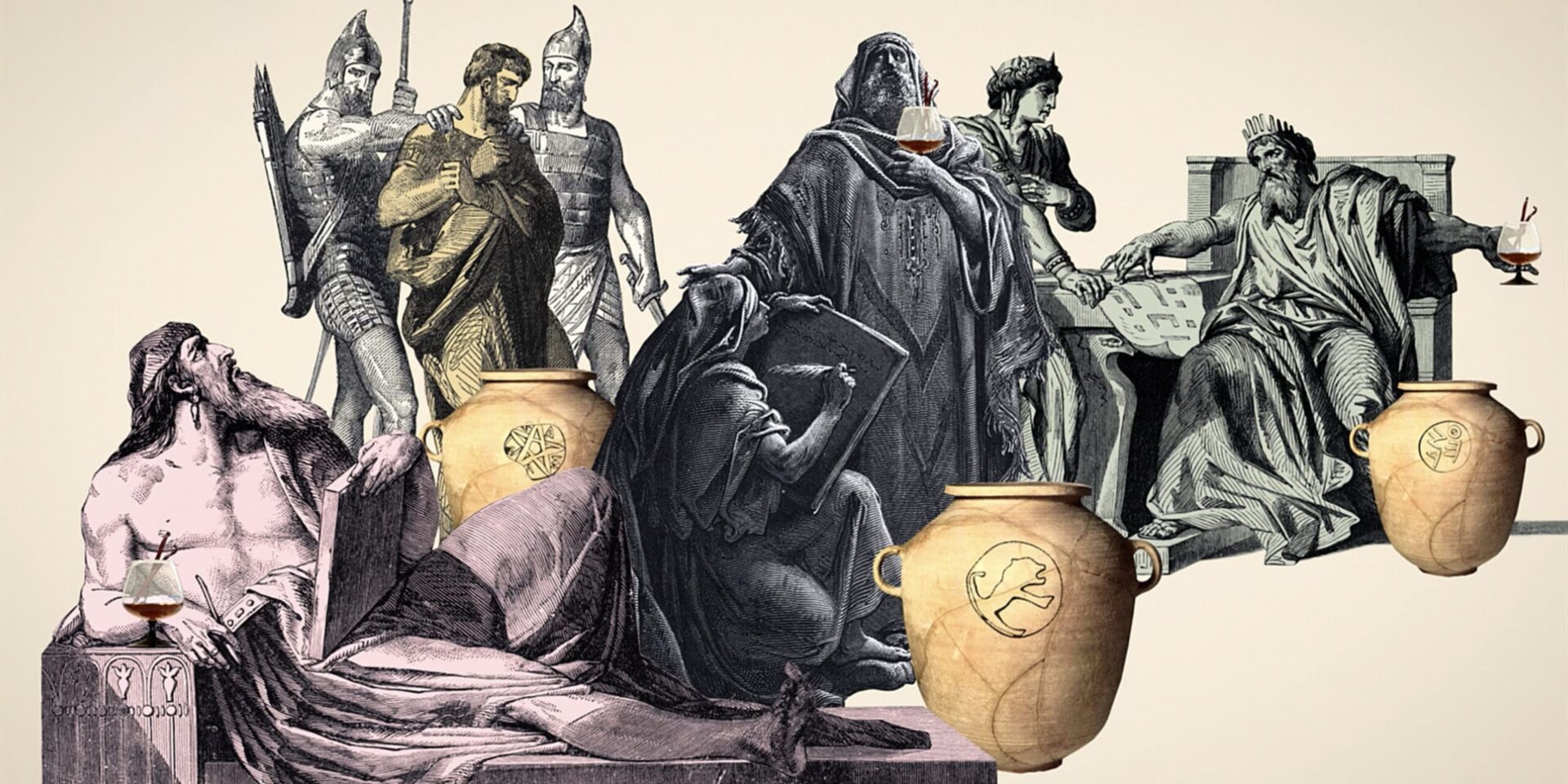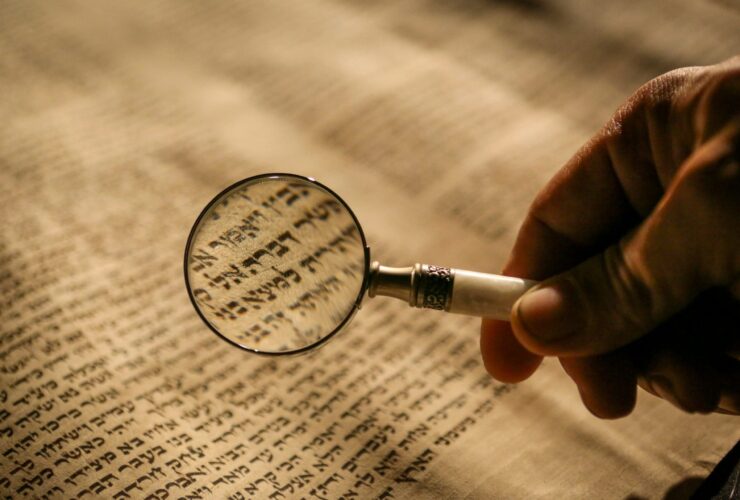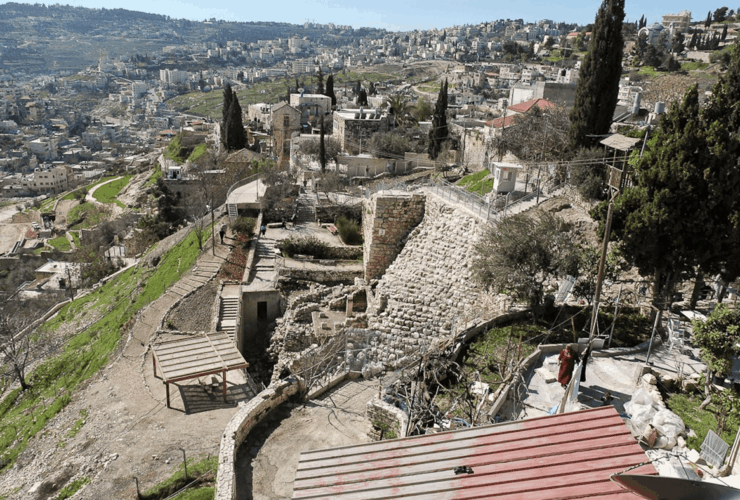In March of 2022, a team of archaeologists published an article examining the contents of several large ceramic storage jars that were found in excavations in Jerusalem.[1] This team of archaeologists examined jars found in two buildings in ancient Jerusalem, the first building was just southwest of the Temple Mount in the Givati parking lot excavations and the second building is also south of the Temple mount but was on the Eastern slope of the city of David, just above the Gihon Spring. Altogether, 9 large storage jars were reconstructed, and some of the handles were stamped with the rosette symbol that came into use after or around the time of Hezekiah. King Hezekiah’s reign is famous for the LMLK or l’melech stamped handles, that means “belonging to the king” and it’s believed to represent a national system of goods gathering and distribution. After Hezekiah, the system seems to have continued as there were a few other stamps that developed in the next generations, that all seem to relate to a national distribution system of consumable goods.
Anyway, these jars that were found and reconstructed in 2022 date from the time of King Zedekiah the last king of Jerusalem before the Babylonian destruction, which of course also means they date to the time of the prophet Jeremiah. The jars, and the buildings they were in, were destroyed and preserved for us by the destruction of Babylon in 586BCE. The archaeologists believe that these jars were used to supply royalty and the elites of Jerusalem due to their buildings’ locations; so, how close they were to the royal complexes and the Temple complex.
“What do I care about incense from Sheba or sweet Calmus from a distant land?”
Jeremiah 6:20
Now obviously if they had been full at the time of 586 BCE, their contents would have been lost when they were crushed by the collapsing of the buildings that they were in, and if that didn’t do them in, the buildings also show clear evidence of being set on fire. So, to figure out what the jars contained the team analysed biological samples taken from the interior surfaces of the jars. Some of the findings were expected, like the jars had been reused. They had carried olive oil and then were holding wine. These jars likely would’ve been expensive to produce, based on their size, so it makes sense that they’d be reused if in good condition. There was also trace residue of wax around the rims of the jars, showing that wax would’ve been used to seal stoppers onto the mouths of the jars; again, this makes sense. For any sort of long-term storage, you need to try your best to keep air out.
What wasn’t expected though, was that this wine was flavoured with vanilla! Vanilla is not native to the Middle East, it would have needed to have been imported from India or Eastern Africa. Telling us that Judah was enjoying the benefits of international trade routes that had been under the control of the Egyptian and Assyrian and then Babylonian Empires.
So, when the prophet Jeremiah was delivering his messages in the royal courts and the Temple complex, when his scribe Baruch read some of the prophecies to King Zedekiah who burned the scroll in the fire line by line, was he drinking vanilla spiced wine? When Jeremiah was imprisoned in the royal courts and got his rations from the kings own fare…vanilla spiced wine?
It’s been noted by the archaeologists that the prophet Jeremiah did reference trade routes that may have facilitated Vanilla imports, Jeremiah 6:20 says, “What do I care about incense from Sheba or sweet Calmus from a distant land?” While not directly confirming vanilla as an import, the Bible does make reference to trading routes connecting them to exotic consumable goods from very far away.

Corie Bobechko is a daily co-host, speaker, and writer of Bible Discovery. She also hosts a YouTube channel that shows how history and archaeology prove the Bible. Her heart for seekers and skeptics has led her to seek truth and share it with others. Corie also has a Bachelor of Theology from Canada Christian College.
[1] The article is available on the PLOS One website and is open access for anyone who is interested in reading the technical details.






